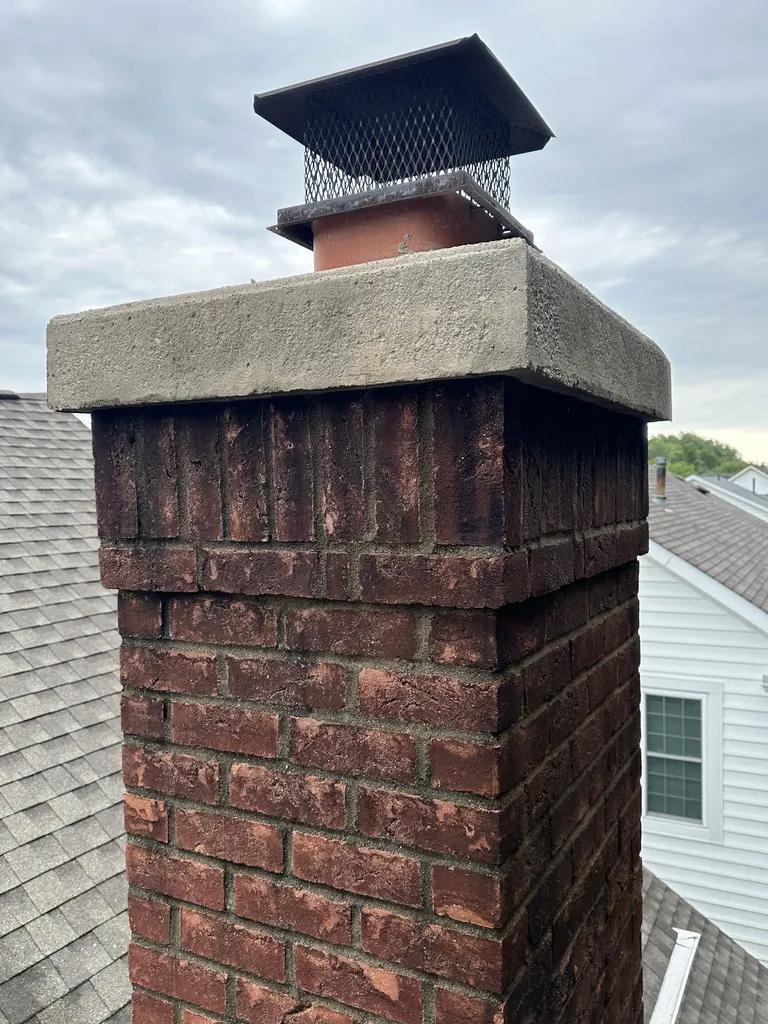Maintaining the structural integrity of masonry is crucial for ensuring the longevity and aesthetics of buildings in Ohio. In this article, we will delve into essential patching tips for maintaining masonry structures, ranging from identifying common issues to proper repair techniques. By following these professional guidelines, property owners can effectively address and prevent damage, ultimately preserving the beauty and functionality of their buildings.
Table of Contents
- Essential Tools for Masonry Patching
- Choosing the Right Patching Material for Your Masonry
- Techniques for Properly Applying Patching Material
- Tips for Ensuring Longevity of Masonry Repairs
- Q&A
- Closing Remarks

Essential Tools for Masonry Patching
When it comes to maintaining masonry in Ohio, having the right tools for patching is essential. Whether you’re repairing brick, stone, or concrete, having the proper equipment can make all the difference in the outcome of your project. Here are some essential tools that every masonry patching kit should include:
- Trowel: A trowel is a handheld tool with a flat, pointed blade that is used to apply and smooth out patching material.
- Masonry Brush: A stiff-bristled brush is essential for cleaning debris from the repair area and ensuring proper adhesion of the patch material.
- Masonry Chisel: A chisel is used for removing loose or damaged masonry before patching and for shaping the patch material during application.
- Jointer Tool: A jointer tool is used to create smooth, uniform joints between patched areas and existing masonry.

Choosing the Right Patching Material for Your Masonry
When it comes to maintaining your masonry in Ohio, selecting the appropriate patching material is crucial for ensuring the longevity and appearance of your structure. There are various options available, each with their own unique properties and uses. Here are some essential tips to help you choose the right patching material:
- Consider the type of masonry: Different types of masonry, such as brick, stone, or concrete, may require specific patching materials to ensure proper adhesion and compatibility.
- Look for weather-resistant options: Ohio experiences a range of weather conditions, so it’s important to select patching materials that can withstand the freeze-thaw cycles and moisture levels common in the region.
- Check for color matching: To maintain the aesthetic appeal of your masonry, look for patching materials that closely match the color and texture of the existing surface.
| Material | Properties |
|---|---|
| Portland cement | Durable and versatile |
| Lime mortar | Flexible and breathable |
| Epoxy resin | Strong and water-resistant |

Techniques for Properly Applying Patching Material
When it comes to maintaining masonry in Ohio, proper application of patching material is essential for ensuring the longevity and structural integrity of the building. Here are some techniques to keep in mind:
- Clean the area: Before applying patching material, make sure the area is clean and free of debris. This will help the patch adhere better to the surface.
- Prep the patching material: Follow the manufacturer’s instructions for mixing the patching material to the right consistency. This will ensure proper adhesion and durability.
- Apply in layers: It’s often best to apply patching material in several thin layers rather than one thick layer. This helps prevent cracking and ensures a more even finish.
| Tip: | Use a trowel to smooth out the patching material for a professional-looking finish. |

Tips for Ensuring Longevity of Masonry Repairs
Masonry repairs are essential for maintaining the structural integrity and appearance of your Ohio home. To ensure the longevity of your masonry repairs, follow these essential patching tips:
- Use high-quality materials: Invest in top-notch brick or stone for your repairs to ensure durability and longevity.
- Properly prepare the surface: Clean the area thoroughly and remove any loose debris before applying the patch.
- Follow manufacturer instructions: Always adhere to the guidelines provided by the product manufacturer for the best results.
Additionally, consider hiring a professional mason for more extensive repairs to guarantee a job well done. Remember, regular maintenance is key to preserving the beauty and stability of your masonry for years to come.
Q&A
Q: What are some common types of masonry damage that homeowners in Ohio may encounter?
A: Common types of masonry damage in Ohio include cracks, spalling (flaking or crumbling of the surface), and water infiltration.
Q: Why is it important to promptly address masonry damage?
A: Promptly addressing masonry damage can prevent further deterioration, improve the structural integrity of the building, and maintain its aesthetic appeal.
Q: What materials are typically used for patching masonry in Ohio?
A: Common materials used for patching masonry in Ohio include mortar, cement, sand, and in some cases, special repair mortars designed for specific types of masonry.
Q: Are there any specific tools or equipment needed for patching masonry?
A: Yes, some specific tools and equipment needed for patching masonry include trowels, brushes, a mortar mixer, safety goggles, and gloves.
Q: How can homeowners in Ohio prevent future masonry damage?
A: Homeowners in Ohio can prevent future masonry damage by conducting regular inspections, maintaining proper drainage, and addressing any issues promptly before they worsen.
Q: Are there any professional services available for masonry repair in Ohio?
A: Yes, there are professional masonry repair services available in Ohio that can assess the damage, recommend the best course of action, and perform the necessary repairs with precision and expertise.
Closing Remarks
In conclusion, proper maintenance and timely patching of masonry structures are essential for their longevity and structural integrity. By following the tips mentioned in this article, you can ensure that your masonry remains in top condition, even in the harsh Ohio weather. Remember to regularly inspect your masonry, address any issues promptly, and consult a professional for major repairs. With the right care and attention, your masonry will continue to stand strong for years to come. Thank you for reading and good luck with your masonry maintenance endeavors.


